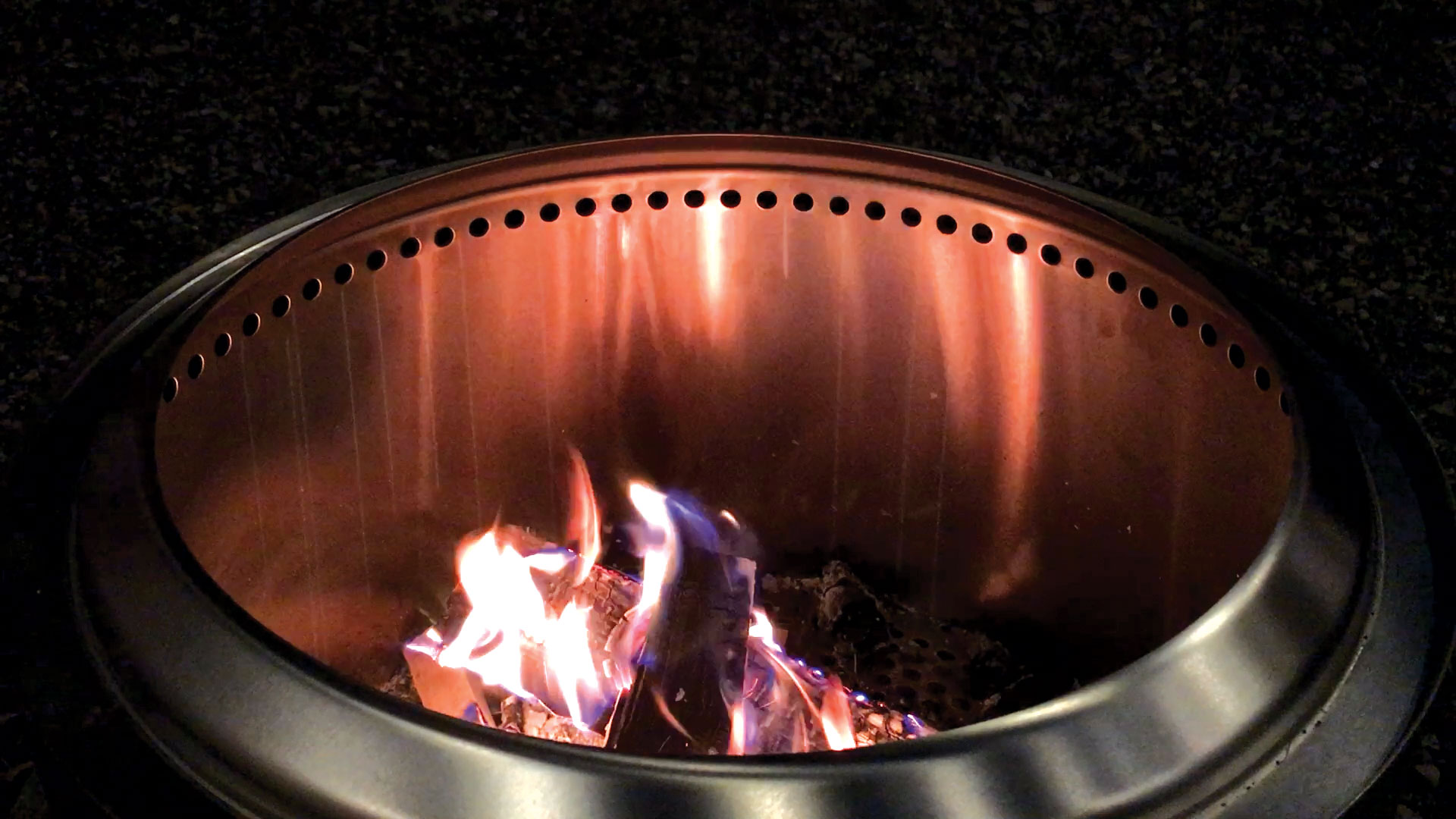Why does my solo stove smoke?
If your solo stove smokes, you may be asking yourself why your smokeless fire pit is not smokeless. While the solo stove is marketed as a virtually smokeless experience, the truth is that no wood burning fire pit will be completely smokeless. With that said, when properly used, the solo stove should produce such a minimal amount of smoke that it won’t be noticeable.
For best results, use dry hardwood and to maximize air flow with clean fire pit. If you still find yourself noticing excessive smoke, check out our list for possible reasons why your solo stove may be smoking. We hope this helps you enjoy the fire!
-
Excessive ash buildup
If you haven’t emptied out your fire pit lately, you may want to give that a try. Excessive ash buildup can block the vents at the bottom of your solo stove reducing air circulation and lead to smoke.
-
Missing or improperly installed fire ring
I have found that if I forget the fire ring, the efficiency of the fire can be affected. When installed, the fire ring sloped edge should be angled upwards.
-
Start Slow
Use dry kindling to slowly get your fire going and then slowly add larger dry hard wood.
-
Wood height exceeds the height of the top vent holes
Overfilling the fire pit above the top holes will decrease the efficiency of the fire and could produce smoke.
-
Poor quality biofuel
Dry hard wood is recommended for the best burn. Using damp wood or a soft wood may result in smoke. Additionally, using cardboard or other waste may produce smoke.
-
Not enough wood
Your solo Stove requires a high heat level to achieve a smokeless experience. If you are not burning enough wood, your temperature level may be too low. Trying adding additional logs, just remember to keep them below the top ring.
Not sure if a solo stove is for you? Click here to see how why we chose the solo stove.

